Horror games are often blamed for maladjusted youth, but they likely do more good than harm, including reducing anxiety and aggression.
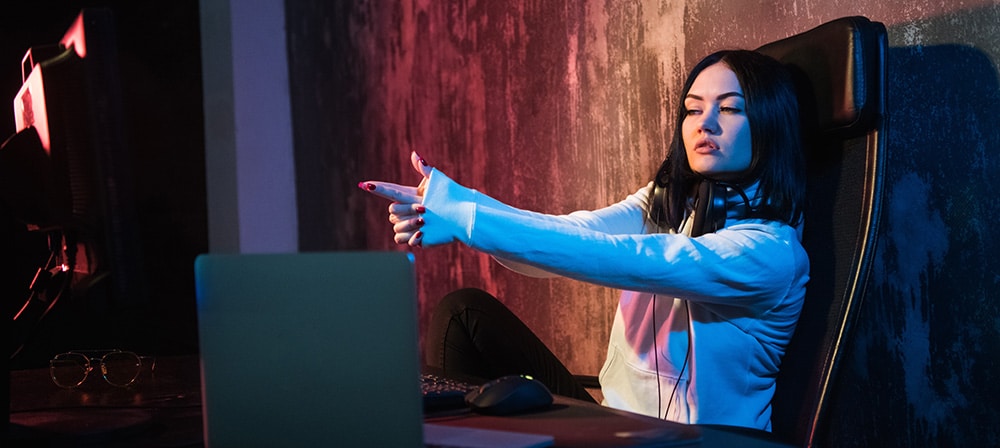
Can horror games help with anxiety?
To begin to answer this question, I had to think way back to my childhood when horror games were in their infancy (and my anxiety was at its highest).
I first experienced horror in a game with Zork: The Great Underground Empire (Infocom, 1980). Zork was a text-based game with no graphics that required the player to use logic to solve puzzles and collect 20 treasures to beat the game.
Although Zork was obviously a fantasy adventure game, there were elements of horror in the form of an exorcism, a killer troll, and especially a creature known as a grue.
Whenever you find yourself in a dark place without a light source, the game greeted you with the text: It is pitch black. You are likely to be eaten by a grue.
More resourceful players who asked the question, “What is a grue?” would be rewarded with the following iconic answer from the game designers:
The grue is a sinister, lurking presence in the dark places of the earth. Its favorite diet is adventurers, but its insatiable appetite is tempered by its fear of light. No grue has ever been seen by the light of day, and few have survived its fearsome jaws to tell the tale.
Over the years, Infocom incorporated more and more horror elements into its games, even designing a Lovecraftian survival horror text game called The Lurking Horror (1987).
But could these games help someone like me deal with real-life anxiety?
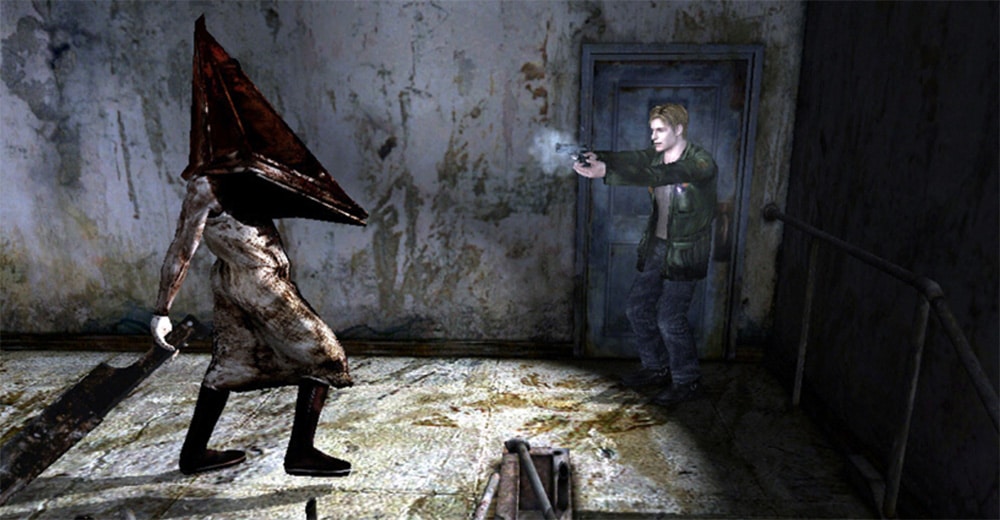
I was a military brat with deep-seated anxiety resulting from constantly moving and a history of abuse and neglect. What did these types of games offer me?
Putting the politics of Jordan Peterson aside and leaning solely on his expertise as a clinical psychologist, one of the things he has stated about successfully helping several clients in his clinical practice overcome phobias is that a primary form of treatment was to have them face their fears incrementally.
Not discounting the need for anti-anxiety medication, supposedly all the relevant literature regarding therapy for severe anxiety points to strengthening the resolve of the anxious by directly confronting that which is at the center of it.
In other words, pressing forward despite our fears gives us the strength to face and conquer them.
When faced with grues in Zork, I had a choice to quit the game or figure out how to get a light source and move to the next puzzle. When it came to Jason Voorhees in the Friday the 13th game (NES, 1989) or his mother’s floating, decapitated head, I could choose to give up (which I often did) or keep trying.
I never did beat the game, but I got my licks in and saw enough “YOU WIN…FOR NOW’’ to keep me going on many angsty nights in my bedroom on my little 14” TV.
Same thing with the dark and foreboding Shadowgate (Macintosh, 1987), which had creepy graphics, sharks, lycanthropes, and tons of ways to die (not to mention a spooky soundtrack on the NES version).
I was already old hat at horror-themed games by the time Clock Tower (Human Entertainment, 1995), House of the Dead (Sega arcade, 1996), Resident Evil (Capcom, 1996), Silent Hill (Konami, 1999), and their respective sequels took the scene by storm, though by that time my anxiety had graduated to the adult kind.
How could playing these beautiful, bloody games help me cope with anxiety?
Going to the arcade with a friend and plugging away at hordes of zombies is a hell of an escape; I can tell you that much.

While many of my old high school buddies were self-medicating with drugs and alcohol, I was trying to get to the next level of my favorite horror titles.
That’s not to say I was any better off than them – it turns out sitting on your ass playing video games all the time is nearly as bad for you as alcohol and smoking, but we all have our coping mechanisms.
I am grateful to Doom (id Software, 1993) for helping me through one of the darkest times in my life by giving me 3D demons and monsters to blow up instead of others or myself.
Contrary to popular belief, not every social reject turns to violence because of scary video games – sometimes, thankfully, it’s the other way around.
These days I have a family, a mortgage, a career, and exactly zero time to play horror video games. And yet I still manage to take the edge off with a little Granny (DVloper, 2017) while waiting at the airport or give my teenagers advice on how to get through Five Nights at Freddy’s (Clickteam LLC, 2014) or Poppy Playtime (MOB Games, 2021).
I have to say, it’s pretty heartwarming to see the tradition of young folks easing real-life anxiety with a little artificially induced “safe” anxiety.
May the horror video game continue to prove such a valuable salve for many generations to come.


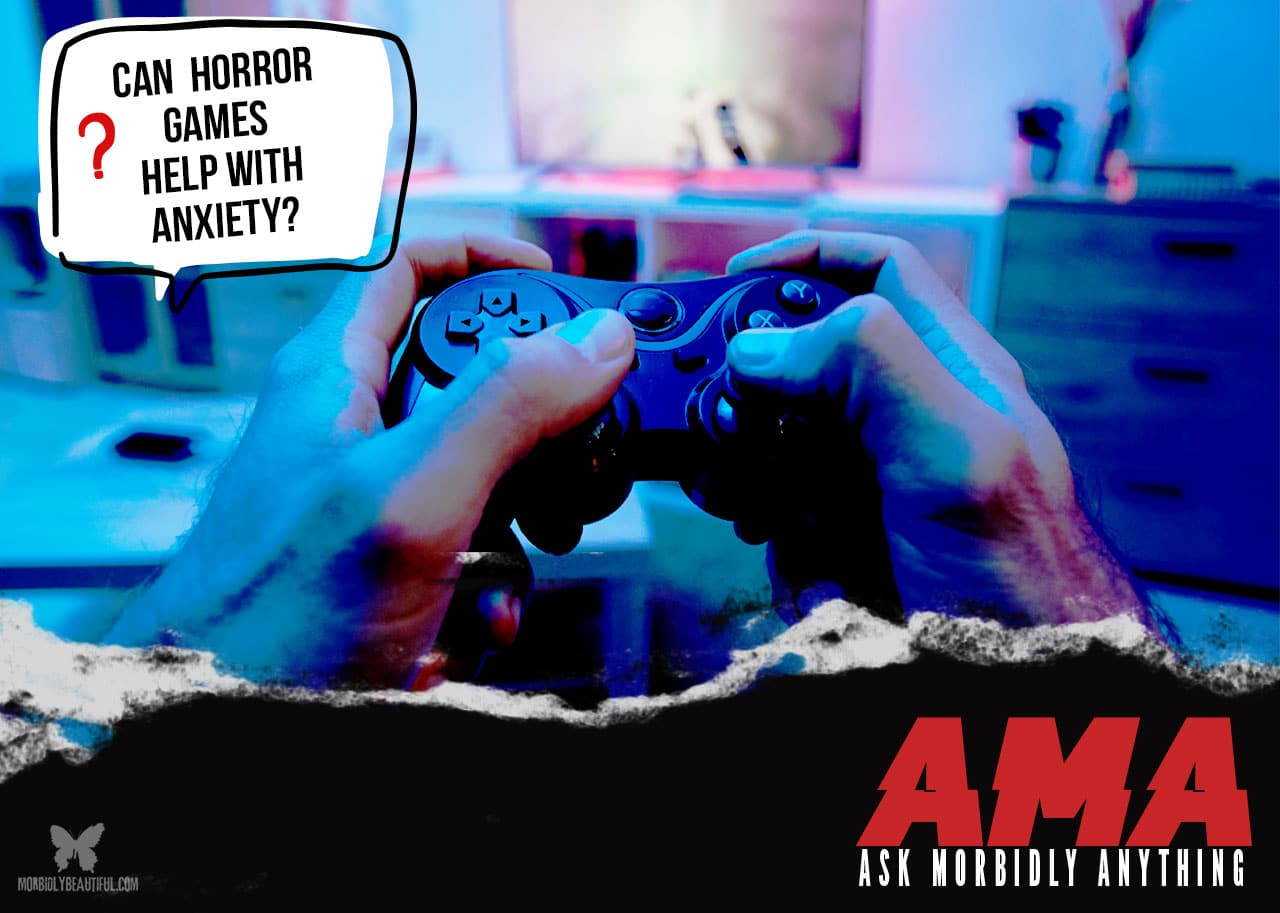
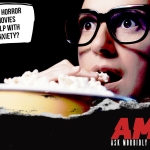
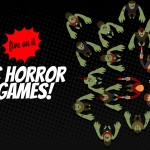
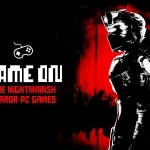
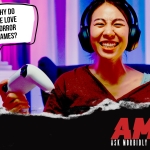



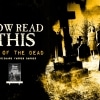



Follow Us!